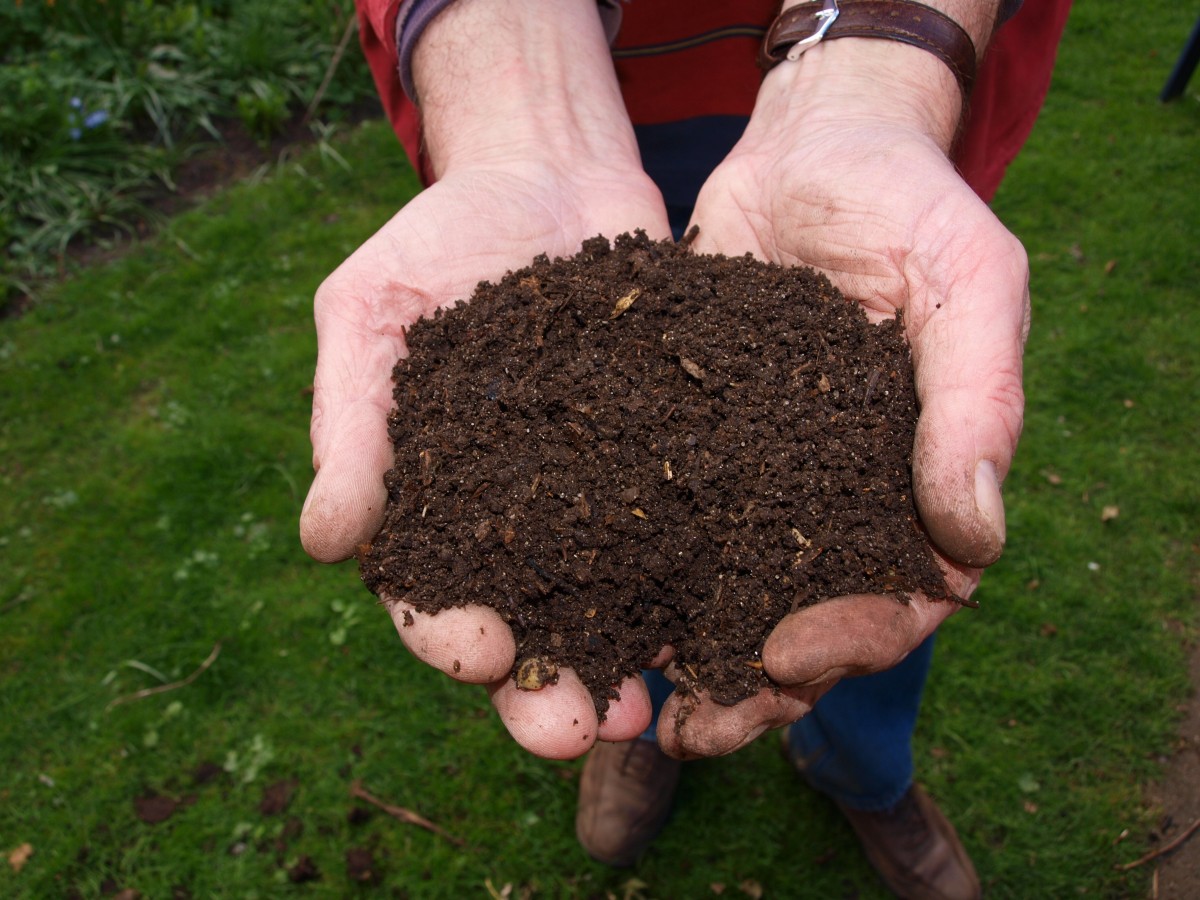Summary
– How to make a composter:
◦ Making a composter: several solutions, different uses
◦ 3 rules for making your composter
– How to make compost:
◦ Step 1: Make your compost
– Step 2: Maintain your compost
Making a composter entails creating a container for waste or organic material, making waste more sustainable by creating compost and giving it a second life. The composter speeds up the decomposition of waste to produce compost. It must be in direct contact with the earth for microorganisms to arrive and aid the process.
Here are our tips and methods for making a composter and compost.
How to make a composter?
Several solutions to make your composter:
– in a cube, using pallets, logs, and boards
;
– in a cylinder, using a rigid mesh (50*50 mm or 10*10 mm);
– in cinder block.
All solutions are acceptable, depending on the space you have and the visibility of the composter.
Composting: several solutions, different uses
– Pallets (four) are ideal for big waste. You can increase the capacity by adding pallets (8 = 4m3). Always provide a door to access the compost.
– Mesh is more suitable for large, light waste (leaves, grass clippings).
– The cinder blocks do not require any particular indication; you have to assemble them at the bottom of the garden.
Good to know: Self-made composters are not necessarily aesthetic. You can always camouflage it by adding boards and thus create decorative cladding. You can also grow climbing plants to integrate them with the vegetation.
Remember to cover the composter in summer and winter.
3 rules to make your composter
The making of a composter is quite simple. For functional reasons, it is essential to respect the three basic rules:
– easy access opening to put the waste as you go along;
– open the composter to allow good aeration;
– provide a trap door to collect the maturing compost.
Once the composter is made, it is important to choose a location that is adapted to the proper functioning of the composting process but also the needs of the household:
– sheltered from the weather;
– close to the areas where garden and kitchen waste is deposited;
– hide the composter so that it is not too visible.
How to make compost?

Composting is a technique for recycling organic waste that allows, based on a biological transformation, to obtain a natural and quality fertilizer. It is ideal for removing vegetable waste after mowing the lawn and your leaves, potato peelings, coffee grounds, etc.
1. Making your own compost
– Mix waste from different origins:
◦ A third of our waste is involved: vegetable peelings, coffee grounds, eggshells, rotten fruit, bread, paper towels… And also our mowing waste, dead leaves, weeds, etc.
◦ A good compost combines carbonaceous waste (dead leaves, shavings, paper) and nitrogenous waste (grass, kitchen waste).
– Are to be proscribed:
◦ varnished leaves (ivy, laurel …) which decompose poorly ;
◦ softwood waste (including pine needles) which will generate a toxic substance when decomposing ;
◦ bindweed roots;
◦ treated plants, if you want organic compost;
◦ hard waste (bones, large branches, oyster shells, and even melon rinds) that should be shredded;
◦ meats that attract animals;
◦ plastic waste, glass, and metals.
– Aerate the compost very regularly by turning it with a spade.
– Maintain a medium moisture content to keep microorganisms alive and a good fermentation process:
◦ To decrease it, cover your compost with a tarp.
◦ To increase it, water it a little.
Tip: if your volume of grass clippings is large, spread out its incorporation and let it dry in the meantime.
2. Maintain your compost
To make your compost successful, be sure to follow these guidelines:
– Aerate the compost very regularly by turning it with a spade.
– Maintain a medium humidity level to keep the microorganisms alive and the fermentation process satisfactory:
◦ To decrease it, cover your compost with a tarp.
◦ To increase it, water it a little.
Tip: If your volume of grass clippings is large, spread out its incorporation and let it dry in the meantime.
Making a composter and your own compost thus effectively reduces waste thrown in the dustbin, making your household waste more environmentally friendly. However, the technique is not improvised and requires some knowledge and rather rigorous implementation.

